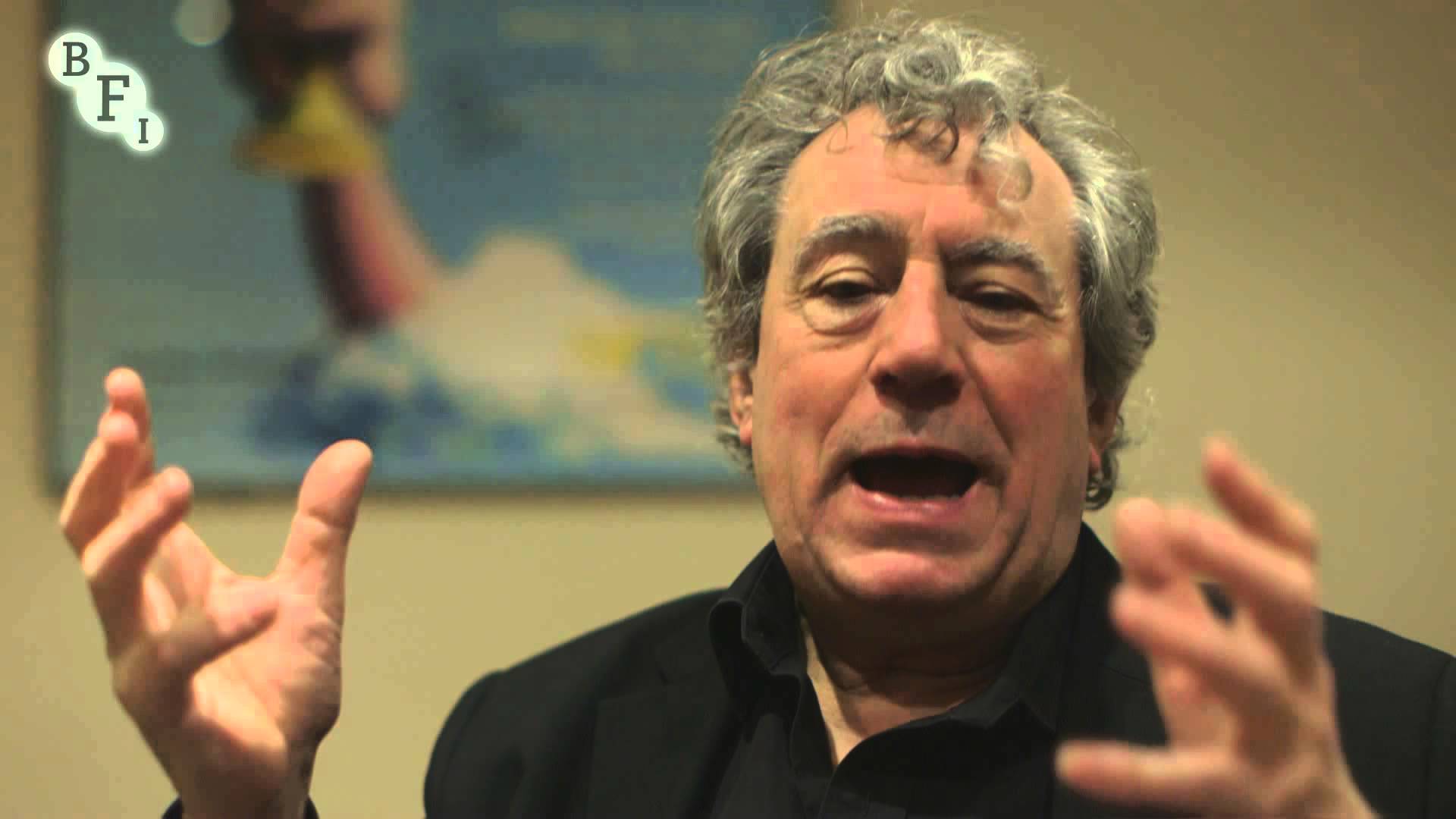Air pollution, unpure water and vitamin D deficiency are all included in a shortlist of environmental risk factors for dementia.
Scientists compiled the list after reviewing dozens of studies investigating risk factors for Alzheimer’s and other forms of dementia besides those linked to genetics, medical conditions and lifestyle.
Lack of vitamin D, air pollution, exposure to some types of pesticide, and excessive minerals in drinking water were all found to raise dementia risk.
However, experts stressed that the research had only shown associations rather than proven causes of the condition.
Lead scientist Dr Tom Russ, from the University of Edinburgh, said: “Our ultimate goal is to prevent or delay the onset of dementia. Environmental risk factors are an important new area to consider here, particularly since we might be able to do something about them.
“We found that the evidence is particularly strong for air pollution and vitamin D deficiency. But we really need more research to find out whether these factors are actually causing dementia and how, and if so, what we can do to prevent this.”
About a third of a person’s risk of developing dementia remains unexplained, pointing to the potential involvement of environmental factors.
The findings are published in the journal BMC Geriatrics.
Commenting on the research, Professor Robert Howard, an expert on old age psychiatry at University College London, said: “There is robust evidence that head trauma and poor cardiovascular health increase dementia risk. But most of the environmental factors identified in this review probably represent no realistic increase or only a vanishingly tiny increased risk for dementia.
“If you want to avoid dementia, look after your heart and try to avoid getting knocked unconscious.”
Professor Tom Dening, from the University of Nottingham, said: “What is difficult is to tell whether the environmental exposures are themselves contributing to dementia or whether they are in fact acting as proxies for some underlying variable.”
Dr Tara Spires-Jones, interim director of the Centre for Cognitive and Neural Systems at the University of Edinburgh, pointed out: “The key word here is ‘associated’. While this study was thoroughly conducted, an association, or statistical correlation, like this does not imply that any of these factors cause dementia. There could be another factor, related to the two, that is the cause.”
